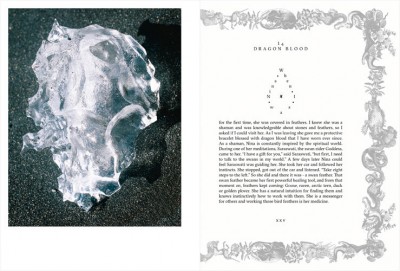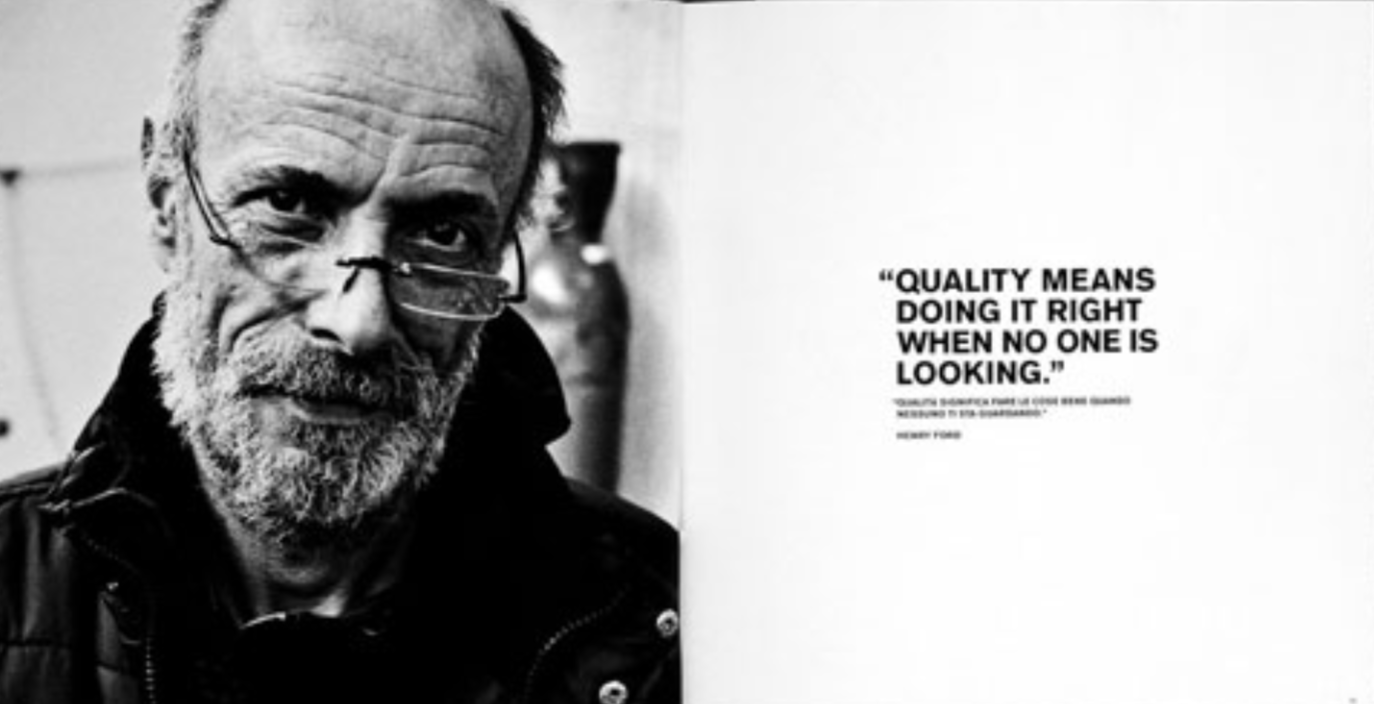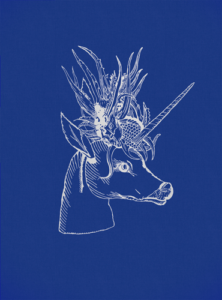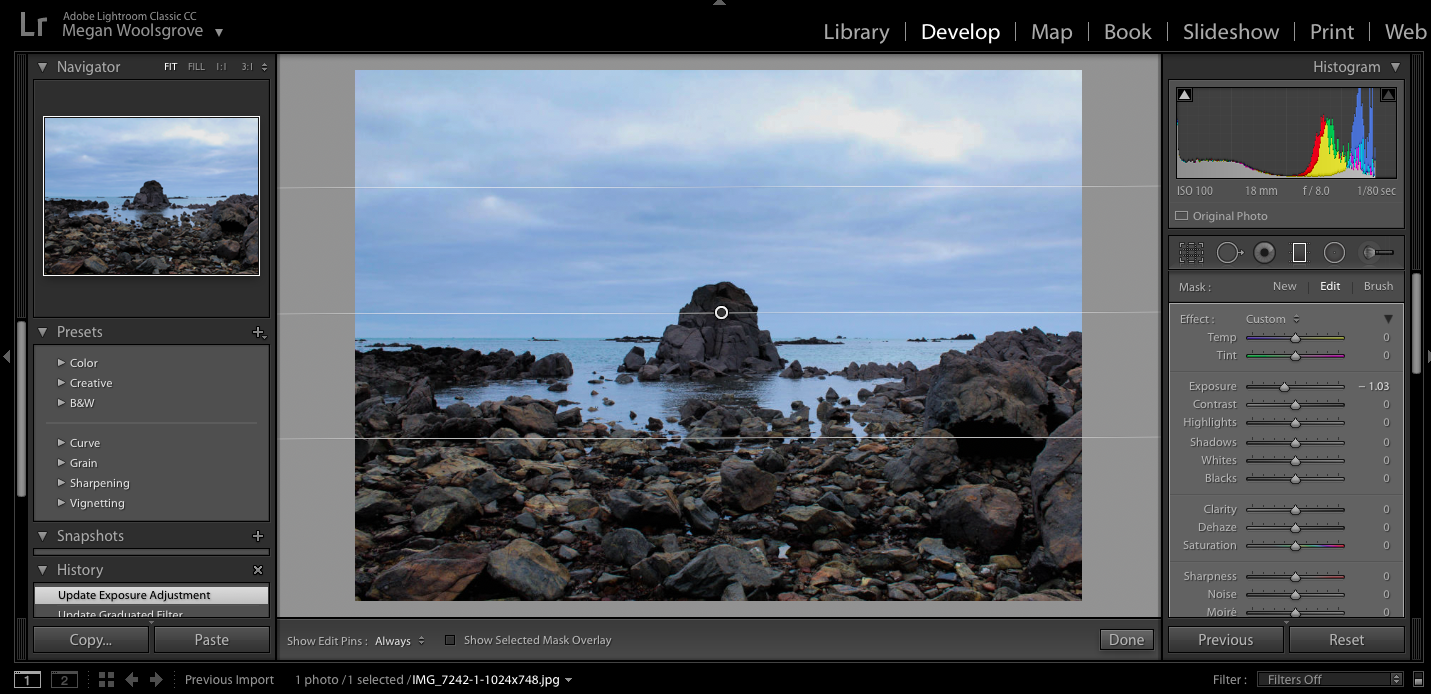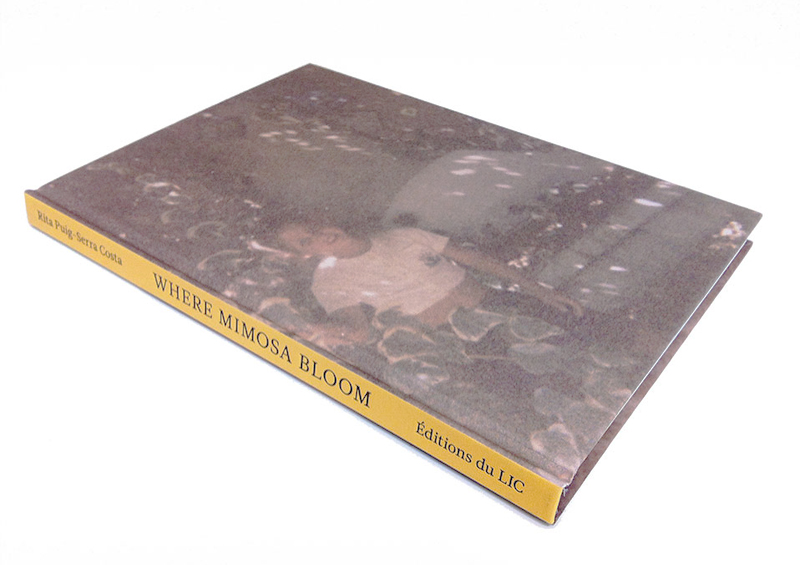Field Studies by Chrystel Lebas
The narrative behind this photo book is the ‘grim reality of climate change leaving it’s marks on the landscape.’ She looks at the work of Sir Edward James Salisbury between 1925 and 1933 in Scotland and looks at how the landscape has changed over 90 years looking closely at botany and identifying locations he visited.
For example, she walked around the envions of the village of Arrochar in Argyll and Bute in the Trossachs National Park searching for Salisbury’s viewpoints. She observed how the sea appears to have risen dramatically in comparison to Salisbury’s black and white photograph. Salisbury was interested in the Scirpus [Bolboschoenus] maritimus species that was now abundant in this particular place. A car park had been built on the same spot and the course of the road had been altered and now it seems that the species has disappeared.
She made these observations and documented them in her photobook, using panoramic images to show the changed landscape. Each chapter in her photobook she re-visits particular places that she found in Salisbury’s photographic records and his notes.
Chapter 6 in Field Studies changes from the archival and panoramic images and looks at ‘Plant Portraits or Weeds & Aliens Species’. The chapter starts with a quote from Salisbury, “We can in fact only define a weed, mutatis mutandis, in terms of the well-known definition of dirt as matter out of place. What we call a weed is in fact merely a plant growing where we do not want it” . Lebas took inspiration from the way Salisbury documented species by uprooting them and placing them directly onto paper or fabric to photograph them by using photogenic paper in a darkroom to produce her own interpretations of his work. A few of the chosen plants are part of the species that Salisbury researched extensively and described in his book ‘Weeds and Aliens’. The filtration values and exposure times are carefully annotated beneath each photogram.
http://www.chrystellebas.com/Re-visiting/re-visiting.htm
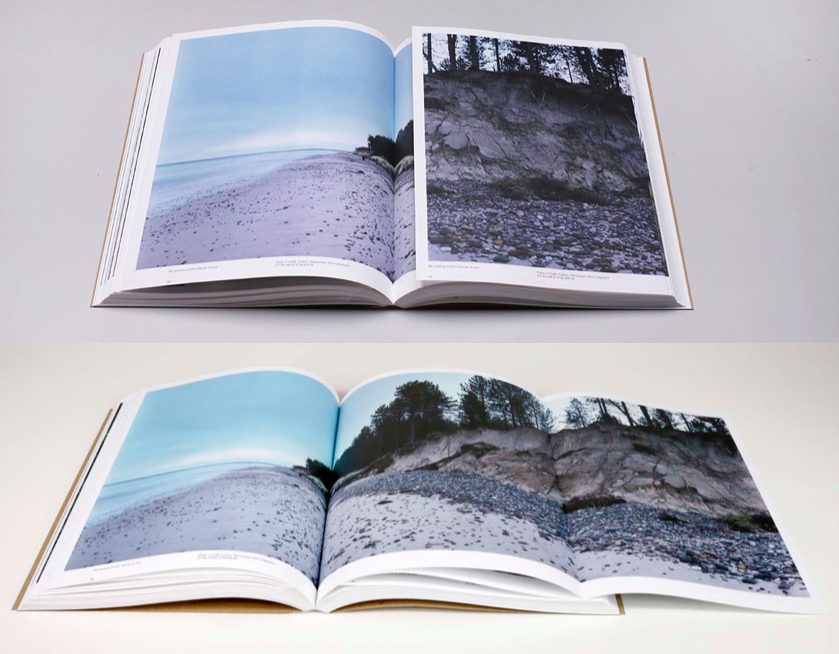
Book in hand: how does it feel? Smell, sniff the paper.
The book feels quite big as it has nearly 200 pages and is nearly A4, making it quite long compared to other phonebooks. It feels new and well put together through the brown card, making it have a strong front and back cover.
Paper and ink: use of different paper/ textures/ colour or B&W or both.
The front and back cover are made from brown card and the spine of the book has canvas around giving the book a more authentic look. One of Chrystel Lebas colour images is displayed on the bottom half of the book and the way its printed makes it look as though its been stuck there by hand barbecue of the contrasting material to the card. One of Edward Salisbury’s black and white archival imagery is printed in the top right , the brown card behind the image replacing the whites.
Format, size and orientation: portraiture/ landscape/ square/ A5, A4, A3 / number of pages.
The size of the book is just bigger than A4 and is portrait. There is a total of 184 pages with a contents page at the front explaining the different chapters of the book e.g the different places Lebas re-visited and the pieces of writing included by other people.
Cover: linen/ card. graphic/ printed image. embossed/ debossed. letterpress/ silkscreen/hot-stamping.
It has a cover made for brown card, with canvas on the side of the book. The image on the front appears as though its been stuck on giving the photo book a handmade look. The archival image has been printed straight onto the card, Le bas telling the reader that the bigger image thats been stuck is her image, rather than the archival image.
Title: literal or poetic / relevant or intriguing.
The title of the book is ‘Field Studies: Walking through Landscapes and Archives’. On the first page of the book it states ‘The Sir Edward James Salisbury Archive Re-visited: observing environment change in British Landscape’ which is literal. It indicates the scientific nature of the book.
Narrative: what is the story/ subject-matter. How is it told?
The story of the photo book is looking at the changes in the landscape over 90 years and re-visiting the places that Edward Salisbury documented. Its looks at his landscape imagery as well as his scientific and botanical images. She looks at how factors such as climate change effect the environment.
Structure and architecture: how design/ repeating motifs/ or specific features develops a concept or construct a narrative.
She displays her images in chapters looking at one specific place and then in the next chapter going to another creating a journey travelling to different areas. The end of the book is like an evaluation of the objects she found there which is then followed by three pieces of text by Dr. Mark A. Spencer, Bergit Arends, and Liz Wells.
Design and layout: image size on pages/ single page, double-spread/ images/ grid, fold- outs/ inserts.
Lebas uses her panoramic landscape imagery on most of the pages on the first couple of chapters in the book. She uses fold out pages so the images can be full page, she then contrasts her images to Salisbury’s from the same location so you can see the effects of time. She writes alongside the image where it was taken, information about the place and what was found there. Chapter 6- Plant portraits or Weeds & Aliens Studies displayed some of the plants and weeds she found in these locations formally with no writing. This contrasts with the start of the book that has a lot of writing.
Editing and sequencing: selection of images/ juxtaposition of photographs/ editing process.
She uses the juxtaposition of Salisbury’s archival imagery with her new panoramic images to show the effects of time and climate change on the environment
Images and text: are they linked? Introduction/ essay/ statement by artists or others. Use of captions (if any.)
Her photobook include pieces of writing by others such as Dr. Mark A. Spencer, Bergit Arends, and Liz Wells alongside her writing and photos all linking to nature and the changing environment. This makes the book a lot more informative than other photo books as a lot of it is writing informing the reader about the places she’s visited and what she found there in comparison to Salisbury.

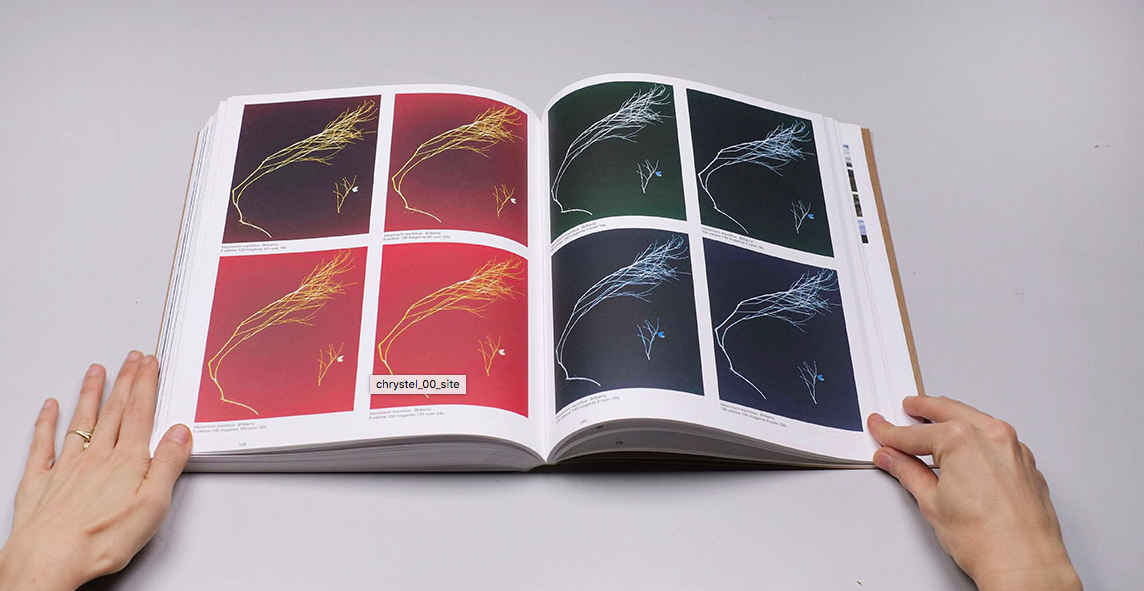
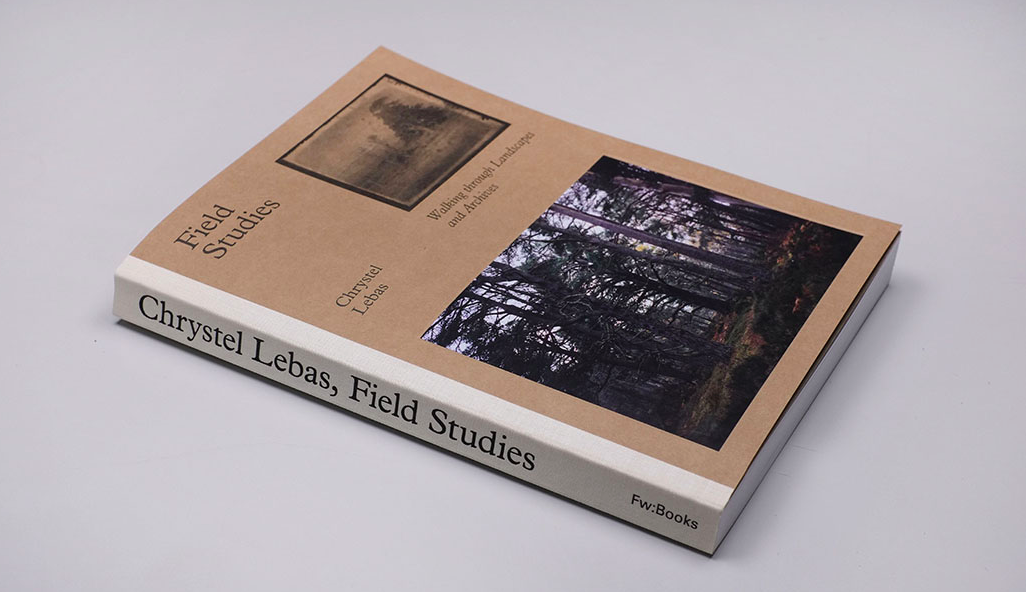
“My work is increasingly focusing on these particular issues around the environment and how we, human beings, influence it, however sometimes it is more complex then it appears and that is why we need science to step in and demonstrate the urgencies we face. In my photography and film works I am pointing out at the issues, hopefully engaging with a wider audience to share my findings and at the same time asking questions that might just provoke a reaction or a dialogue. My photographs are accompanied with GPS coordinates so that the locations can be retraced back and observed years after my photographs and Salisbury’s were taken, hence the recording of potential change in the landscape will continue.”
